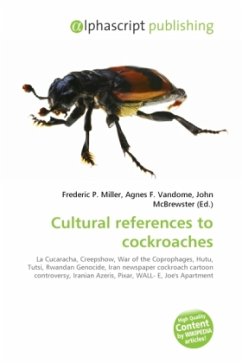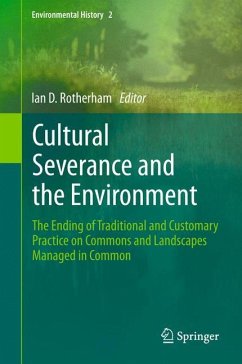Because of their long, persistent association with humans, cockroaches are frequently referred to in art, literature, folk tales and theater and film. In Western culture, cockroaches are often depicted as vile and dirty pests. Their size, long antennae, shiny appearance and spiny legs make them disgusting to many humans, sometimes even to the point of phobic responses. This is borne out in many depictions of cockroaches, from political versions of the song La Cucaracha where political opponents are compared to cockroaches, through the 1982 movie Creepshow and TV shows such as the X-files, to the Hutu extremists' reference to the Tutsi minority as cockroaches during the Rwandan Genocide in 1994 and the controversial cartoons published in the "Iran weekly magazine" in 1996 which implied a comparison between Iranian Azeris and cockroaches. Not all depictions of cockroaches are purely negative, however. In the Pixar film Wall-E, a cockroach that has survived all humanity is the lead character's (a robot's) best friend, and waits patiently on him to return.
Bitte wählen Sie Ihr Anliegen aus.
Rechnungen
Retourenschein anfordern
Bestellstatus
Storno








